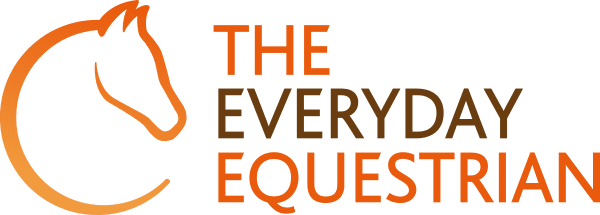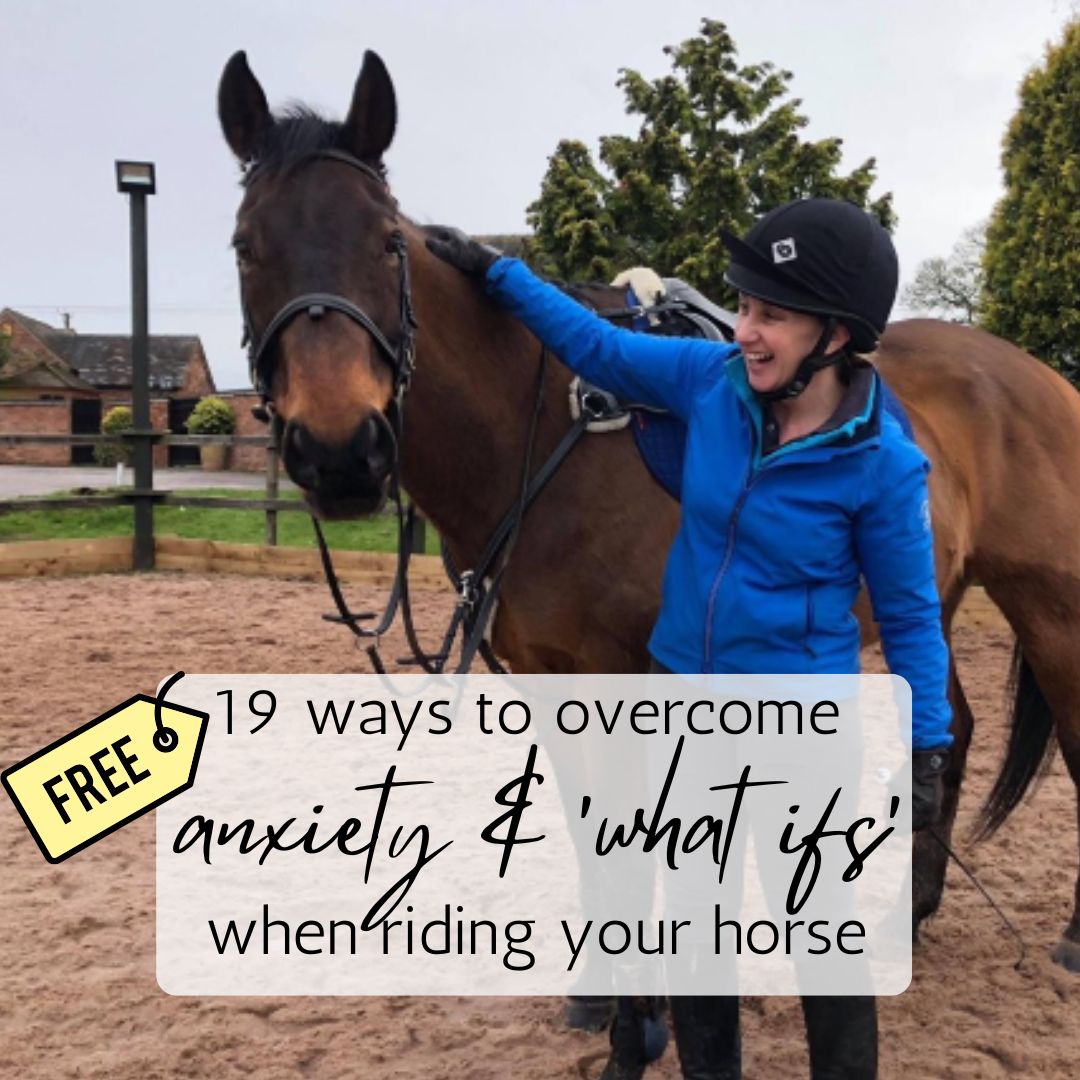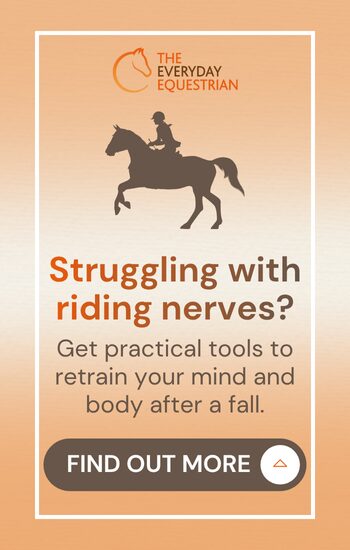Connect to the Contact
www.theeverydayequestrian.co.uk
What does the word ‘contact’ mean to you in terms of riding? For me, I think of the connection that I have with the horse down my arms, through the reins to bit and the horse’s mouth. I believe that it should be a true two-way conversation, where I can request something from the horse and he can respond.
But that’s easy to say on paper, isn’t it?
Here’s the thing – contact is created by the rider’s seat, weight & leg aids which encourage the horse to work using his hindquarters through his back into a soft & light jaw. Contact does not start with the rider’s hands!
The quality of the contact in the rider’s hands is evidence of the horse working correctly through the rest of his body. In order to create & receive an elastic, happy connection, the rider must teach & encourage the horse to power forwards with his hindquarters; to engage his abdominal muscles to lift his back under the rider; to lighten his forehand and lift his neck from the base, using the thoracic sling group of muscles between the horse’s shoulder blades. Once this chain of events happens, the horse will respond with a beautiful arching of the neck and a softening of the lower jaw. However, be aware that if there are any structural issues in this chain of structures, then the horse simply cannot work correctly and the uneducated rider is at risk of resorting to using her hands to ask the horse to bring his head in.
So how can the rider develop the contact? Any school movement which encourages the horse to use his hindquarters to create energy (impulsion) will help develop strength and a forward-thinking horse, however the rider needs to be able to balance & contain this energy. This will happen when the rider has a truly independent seat, still and quiet hands, together with the ability to reward the horse when he responds correctly by yielding. If we keep asking or nagging, how will the horse know that what he has done is what you wanted?!
Remember, that it will take time for the horse to develop the core strength to maintain this posture. It is essential that the rider acknowledges when the horse is trying hard to work well, and that he/she makes an executive decision to offer the horse a break & allow him to stretch and breathe. Image if I asked you to do 20 sit-ups, and then as soon as you had done them, demanded another 20 – you’d be fairly grumpy, right?
So to recap, the contact is the evidence of whether the horse is working correctly, i.e. it come last in the sequence of the horse ‘working correctly’. Not all horses will be able to move like Valegro, but most horses should be able to work in a good posture. As a rider, we should use information from how the contact with the horse’s mouth feels as a barometer as to how well the horse is working.


